Bugatti Type 35: The Greatest Racing Machine Of All Time?
Images: Jean-François Ruchaud, Makarand Baokar, Pierre-Yves Laugier, Christian Descombes & Gautam Sen
Arguably one of the best racing cars of all times, the Bugatti Type 35, not only had more than two thousand podium finishes in five years, but it was notable for the wide diversity of races the cars participated in and dominated, from World Championship Grands Prix to short sprints, and even hill climbs.
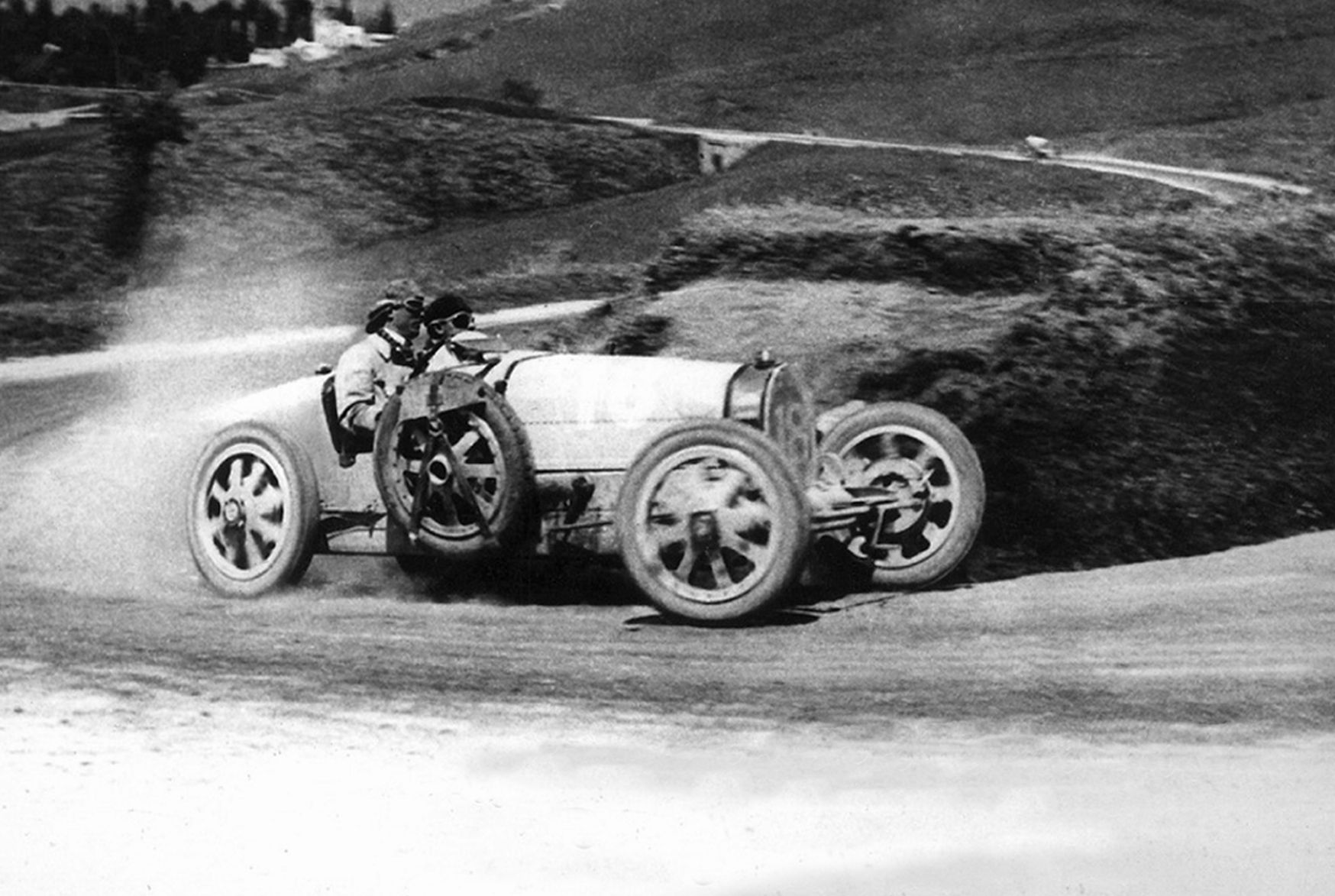
It was the car that made Bugatti a legend, giving the marque a worldwide reputation, and was, without doubt, the biggest contributor to the brand’s success.
When the Bugatti Type 35 first appeared at the Grand Prix de l’Automobile Club de France in Lyon in the summer of 1924, everybody was enamoured by its sheer elegance, perfect proportions, and exquisite finish.
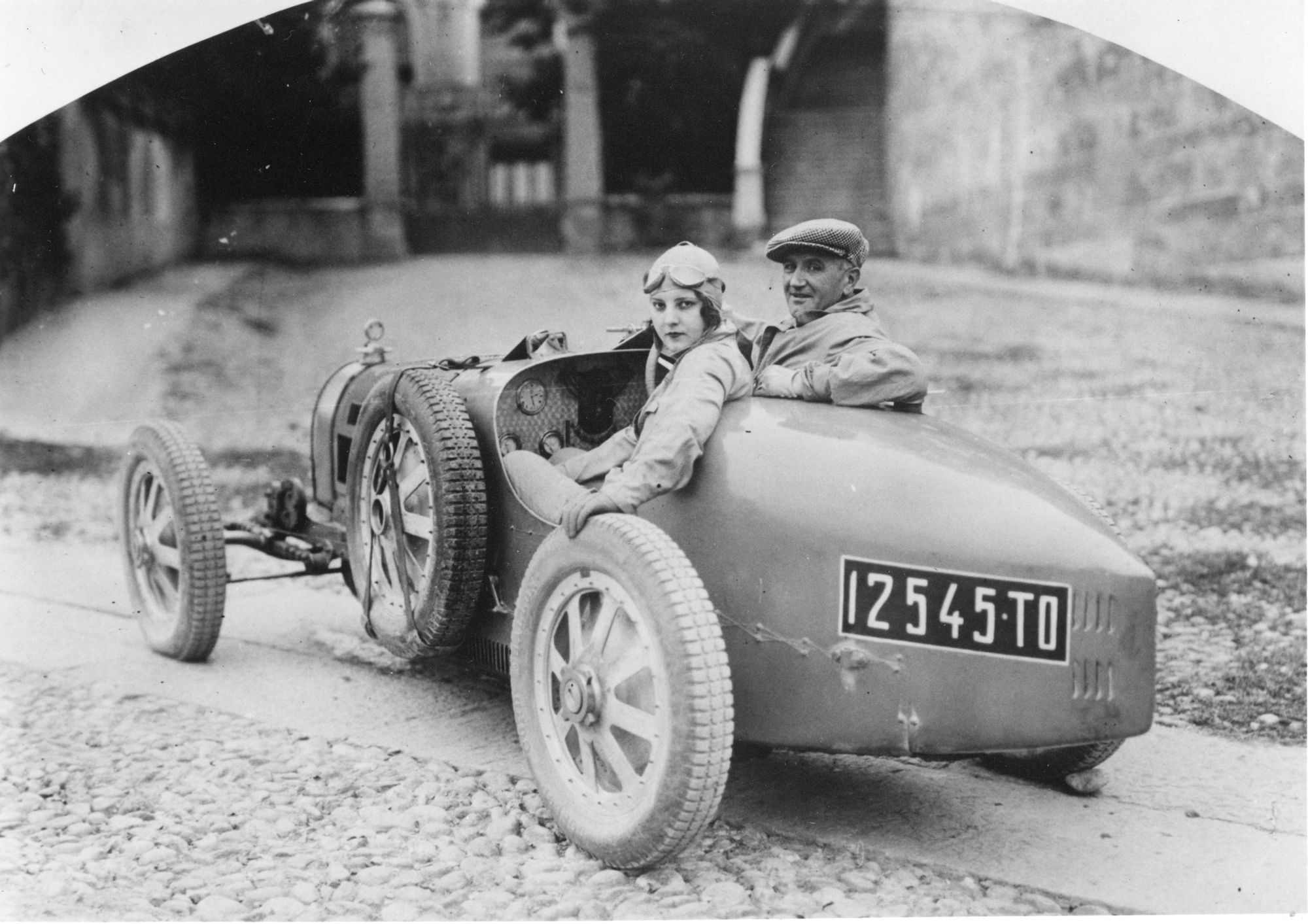
The sublime silhouette stretched in a fluid form from the beautiful horseshoe radiator to a streamlined boat-tailed rear, flanked by two pairs of handsome and remarkably well-designed wheels featuring eight large aluminium spokes.
However, in the race itself, the debut of the Type 35 was hardly auspicious, as the tyres used by all five Bugattis were inadequately vulcanised and began shredding treads as soon as the race began.
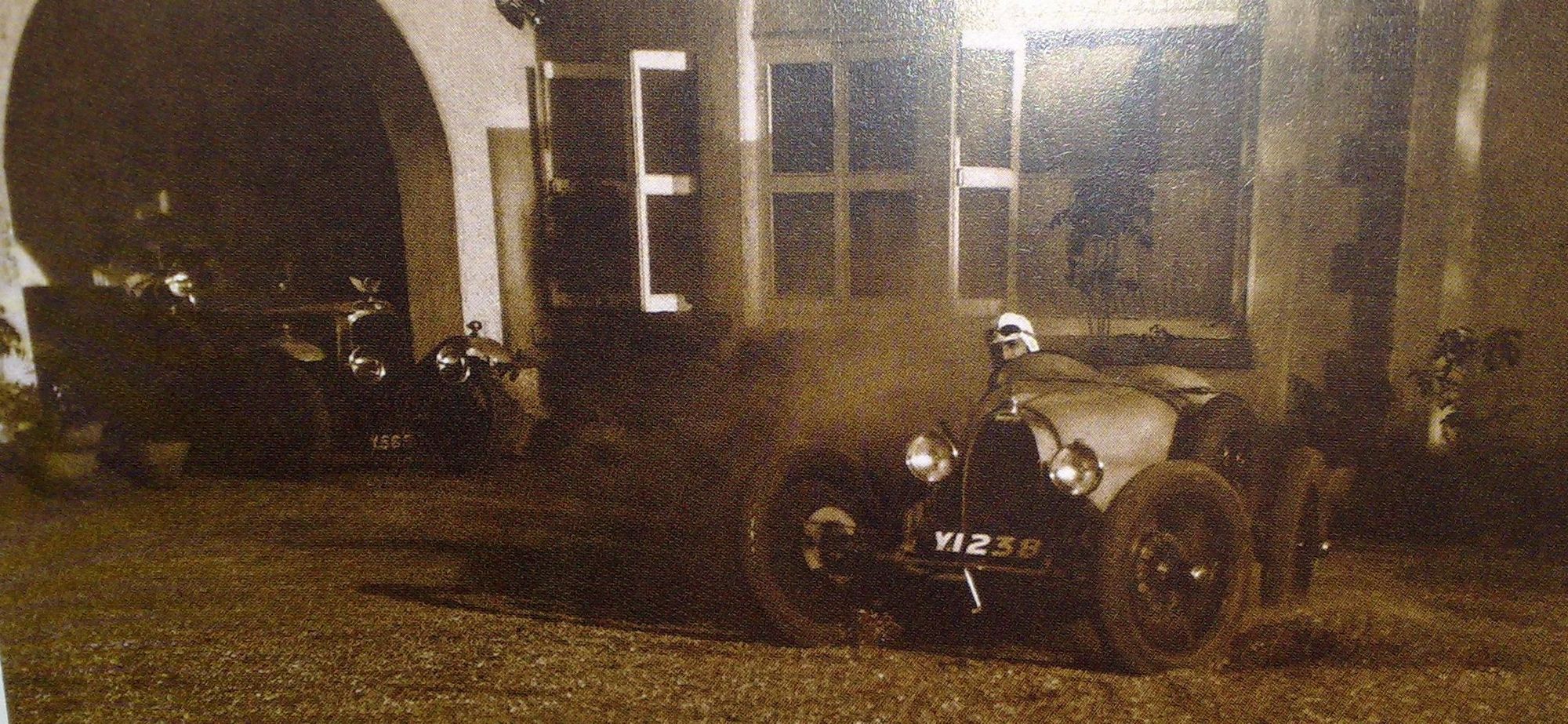
With cars running out of tyres, only two survived until the end, finishing seventh and eighth to the winning Alfa Romeo of Giuseppe Campari, with Albert Divo and Robert Benoist in Delages coming second and third.
By the next Grand Prix, that of San Sebastien in Spain, a Bugatti Type 35 with wider tyres came second. From then onward the car was unbeatable. Ettore Bugatti continued to develop the model so that it remained competitive, as well as to derive several variants.
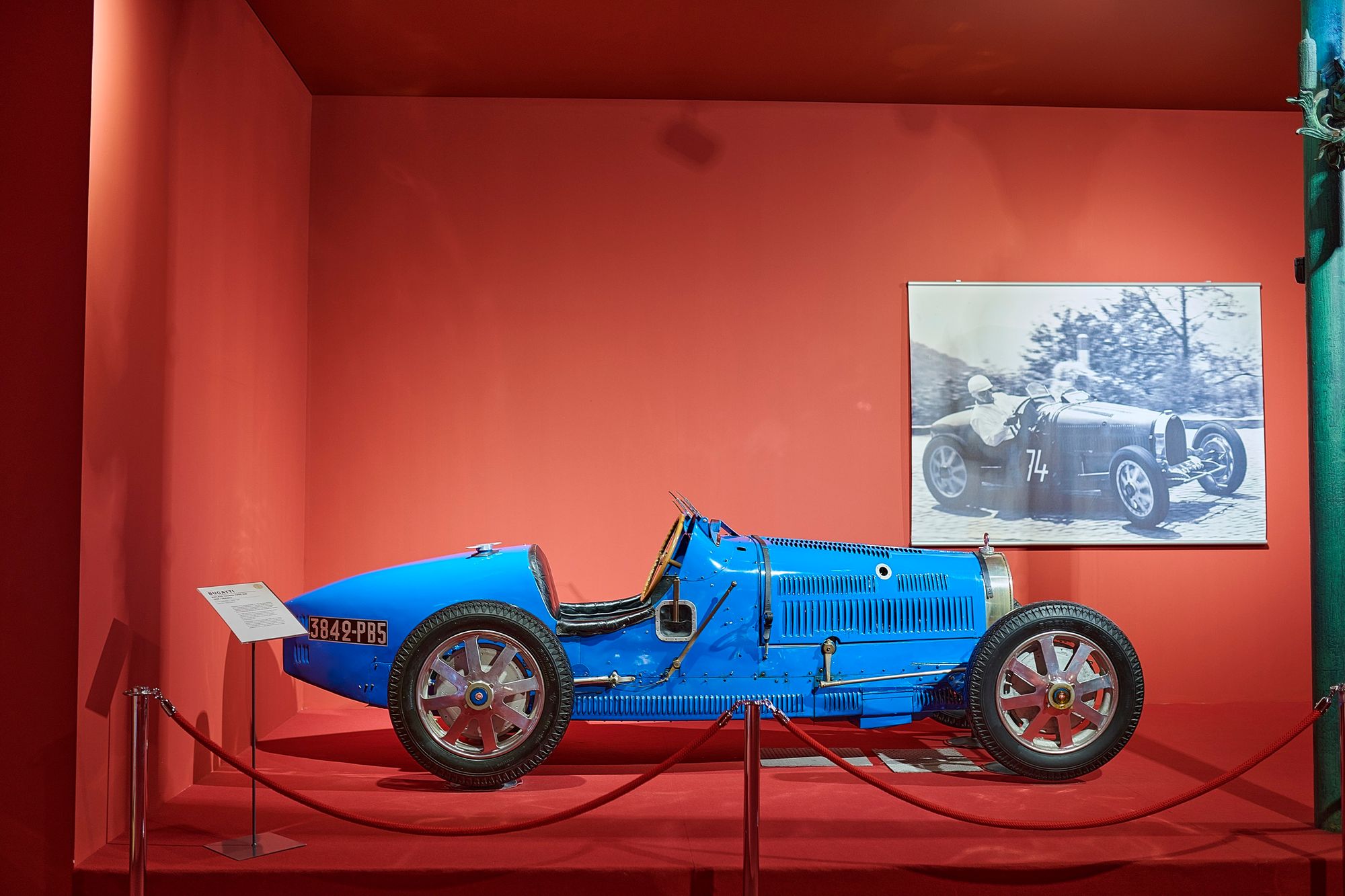
The original engine of the Type 35 was an in-line eight-cylinder of 1991cc, made up of two sets of four-cylinders, capped by a single overhead camshaft, with three valves per cylinder.
The 35A, launched in June 1925, was the first variant, an ‘imitation course’ model, which was not designed, as its name suggests, for racing, but had its eight-cylinder 2-litres engine detuned to 80bhp (or possibly 70bhp, since the records vary), good for regular street use.
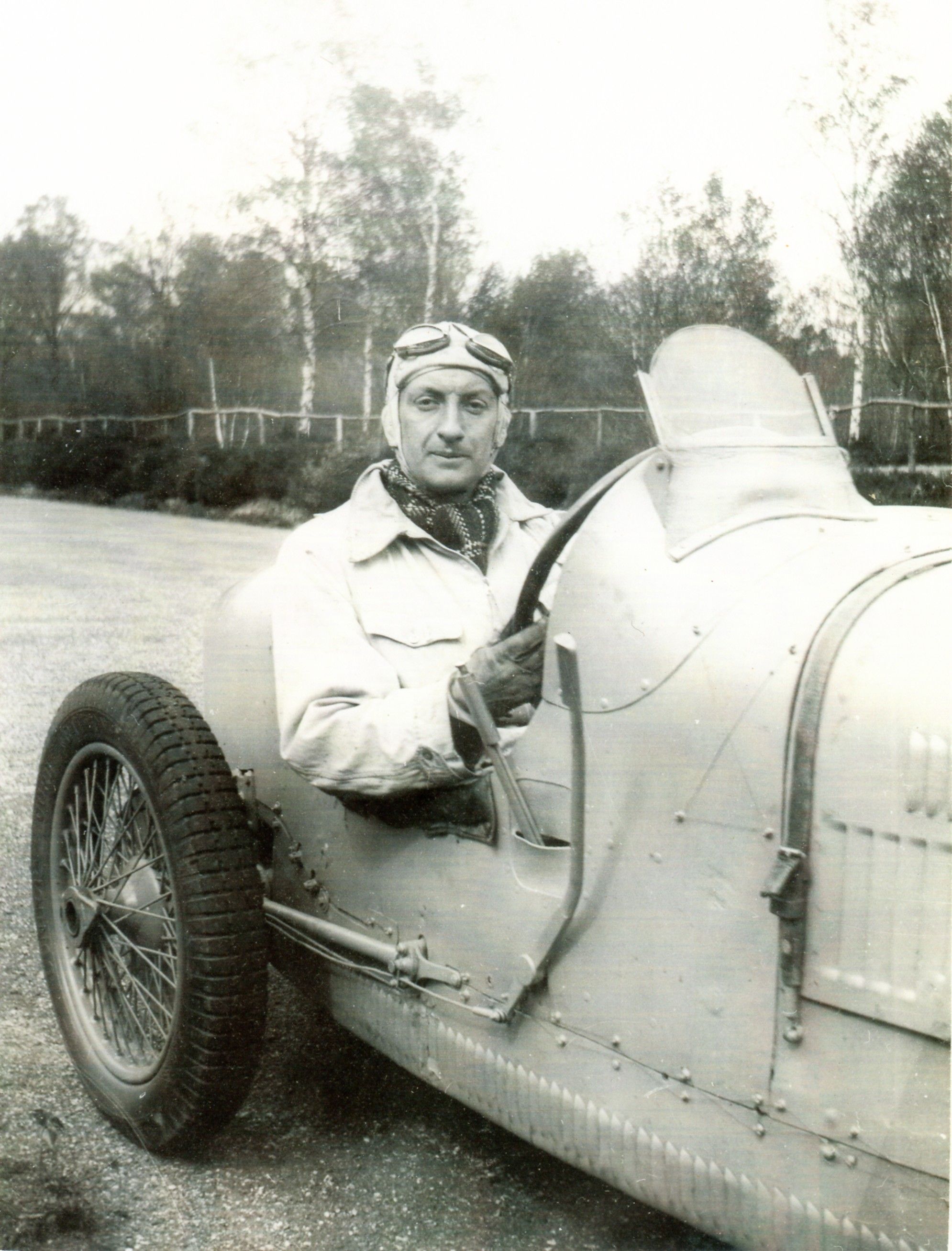
One distinguishing feature of the 35A was the wheels, which were classic spokes from Rudge, although alloy wheels were available as an option. As many as 139 of the Type 35A were manufactured between 1925 and 1927.
For 1925, a 1495cc version, badged the Type 39, was lined-up and for the 1926 Alsace Voiturette Grand Prix, an 1100cc version, referred to as the Type 36, was readied. The Type 39 appeared in July 1925, during the Grand Prix de Montlhéry ‘Tourism’, where the cars featured headlamps, fenders, and a hood, to comply with regulations, and took the first four places in that race.
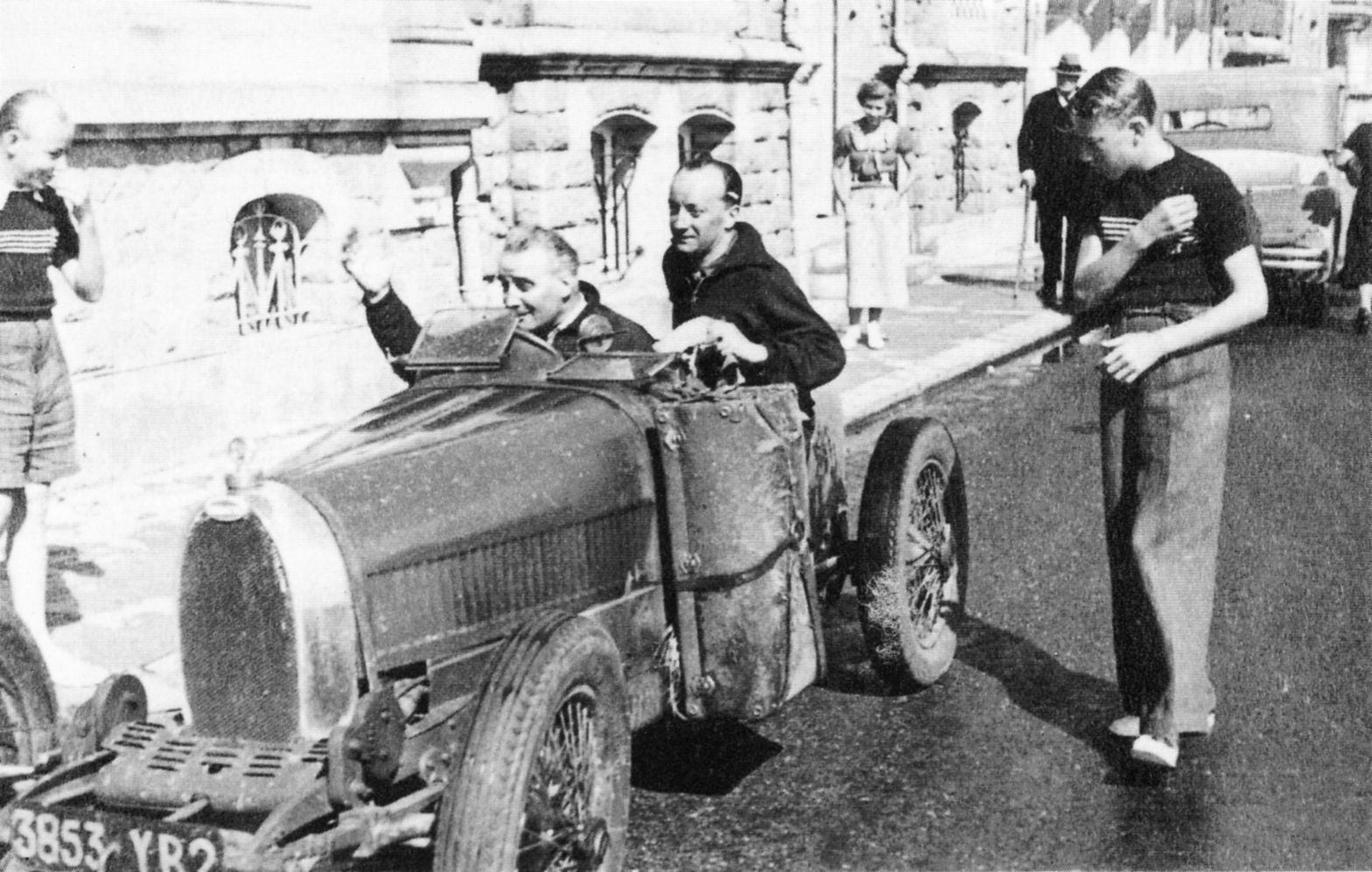
Between 1926 and 1927, a few Type 39A were constructed to address the 1.5-litres formula in effect at the time. This was the Grand Prix version of the supercharged Type 39, but with a body identical to the Type 35 competition version.
A Bugatti 39A won the 1926 Grand Prix de l’Automobile Club de France, driven by French veteran Jules Goux. In the same year at Brooklands, a Type 39A came second at the British Grand Prix in the hands of the future world-speed-record king Sir Malcolm Campbell.
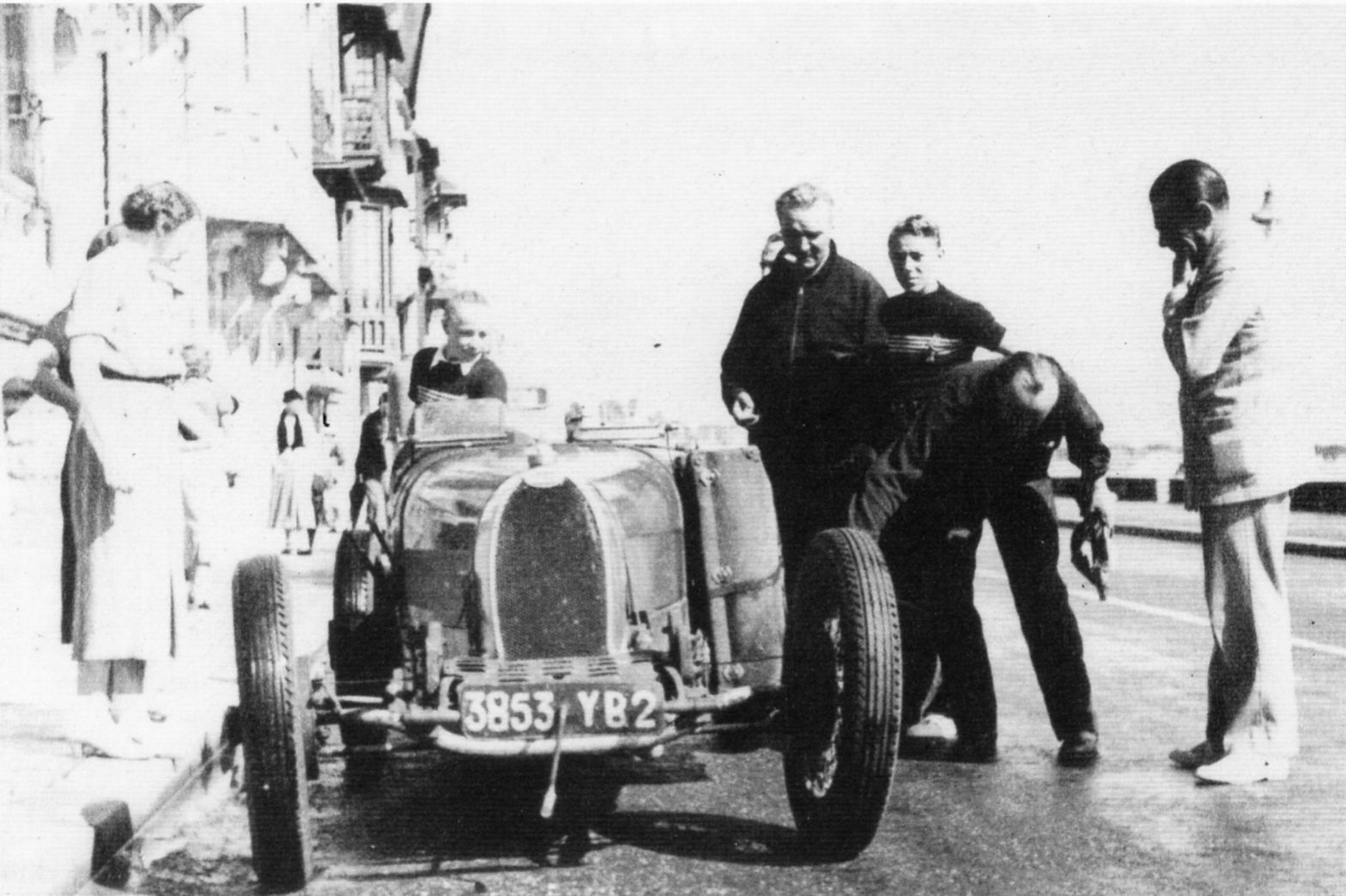
In 1926 the unblown engine was enlarged to 2.3-litres, with the model referred to as the Type 35T, the T standing for Targa. It went on to win the Targa Florio that year, as well as in subsequent years.
The most powerful of the Type 35s was the 35B. It had the same 2.3-litre engine as the 35T but was equipped with a Roots supercharger which produced 138bhp. The Type 35T and B were distinguishable by the wider base to the famous horseshoe radiator.
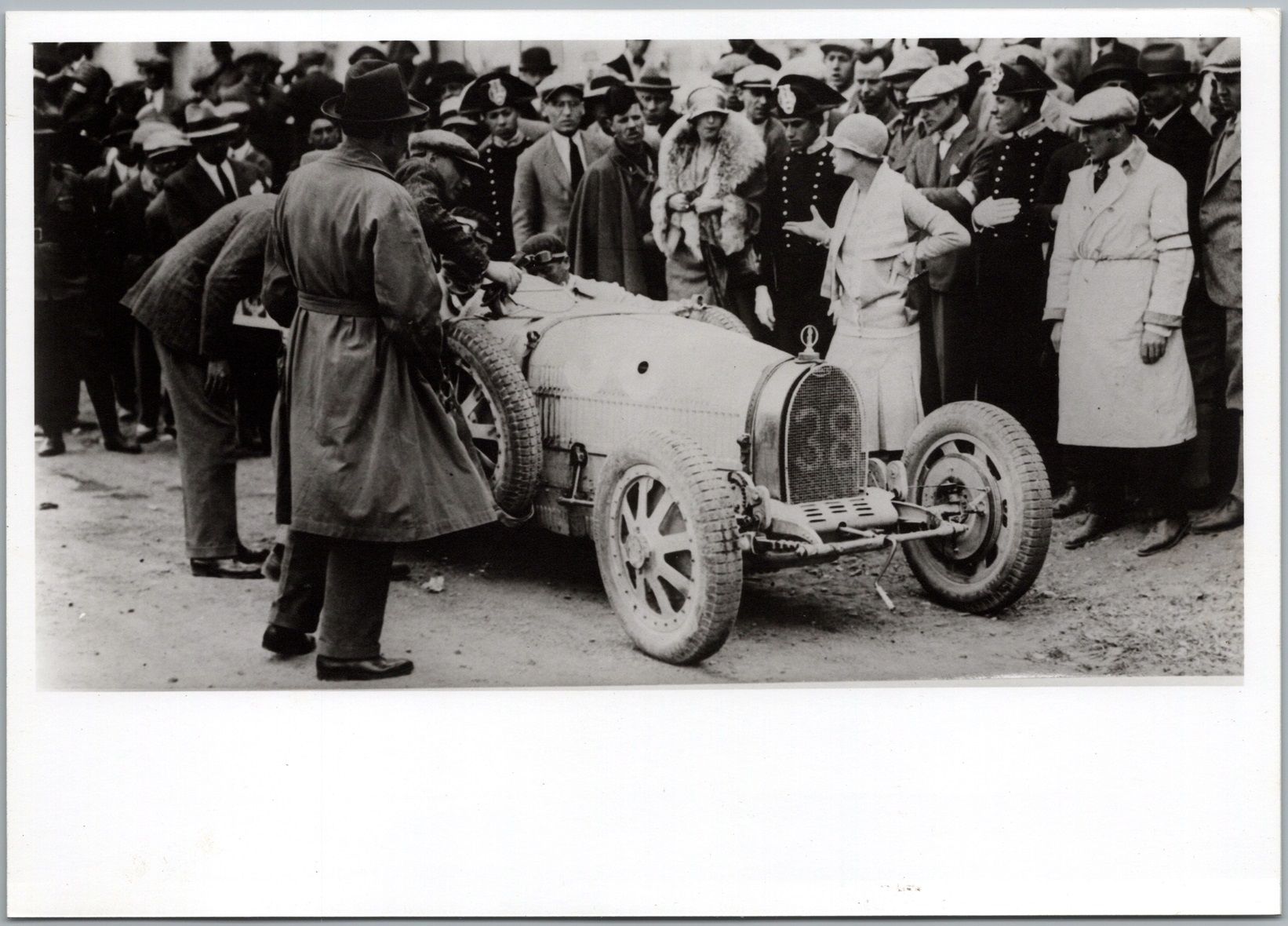
Then in January 1927, Bugatti launched the 35C which, equipped with a supercharger, developed 128bhp, enabling Bugatti to remain at the front line of the racing world. The Type 35C appeared for the first time in September 1926, in time for the Milan Grand Prix at Monza where Italian ace Meo Costantini won the race ahead of another Bugatti driven by Jules Goux.
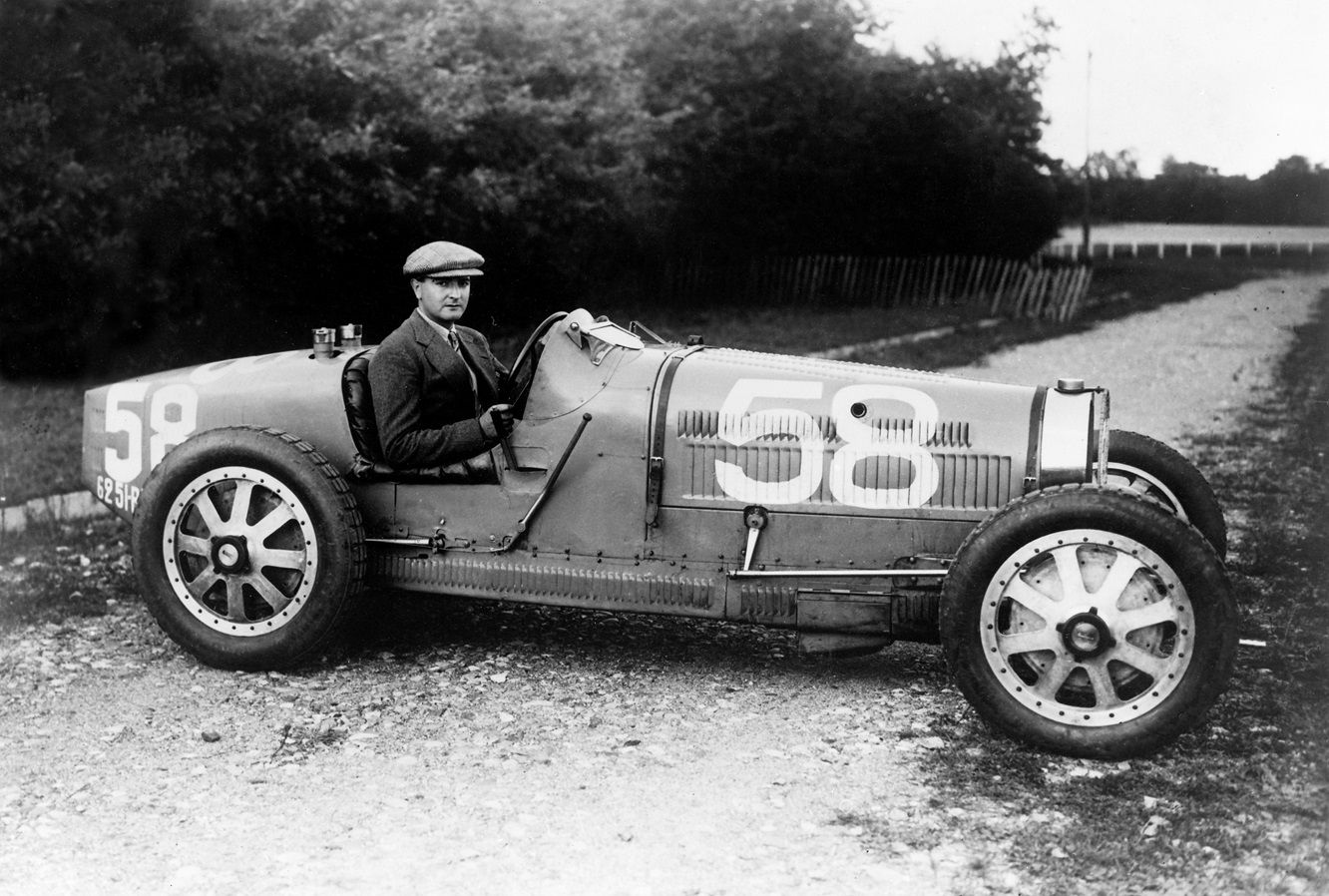
Although the first of the Type 35Cs featured a small supercharger, identical to that of the Type 36 seen in 1926 in Strasbourg, the subsequent models featured a Roots supercharger, as used for the Type 35B.
The final iteration of the Bugatti Type 35 is better known as the Type 51, with the 2262cc supercharged eight-cylinder now featuring a seven-stage crankshaft and double overhead camshafts.

The maximum power, initially at 175bhp, went up to 187 by 1931. Forty of the Type 51 were manufactured, including a few Type 51As, with a supercharged 1500cc, and some Type 51C, with the supercharged 2-litre unit.
As many as 390 units of all types of the Bugatti Type 35 were produced (plus, 290 of the Type 37 and 37A). In 1926, Bugatti was not only the World Champion, it won all major events in Europe and as Ettore Bugatti claimed in his advertising, had set “47 records, 351 first places.” All thanks to the Type 35 and its many variants.
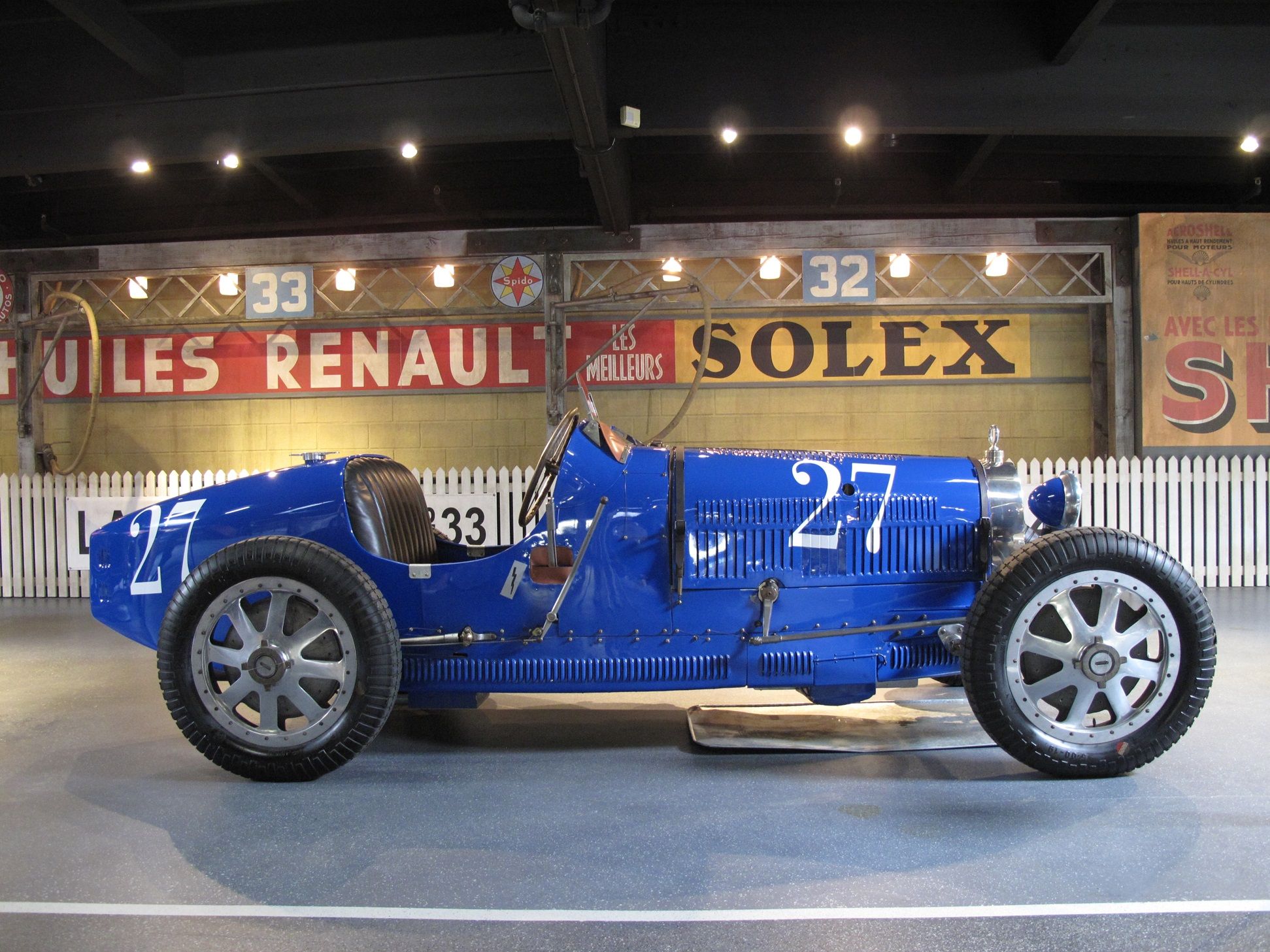
No other racing car has been so successful commercially. Never—and rarely since—were racing cars so civilised, with many of the Type 35s, with lamps and fenders perched on their wheels, driven regularly on the road.
Comments
Sign in or become a deRivaz & Ives member to join the conversation.
Just enter your email below to get a log in link.
